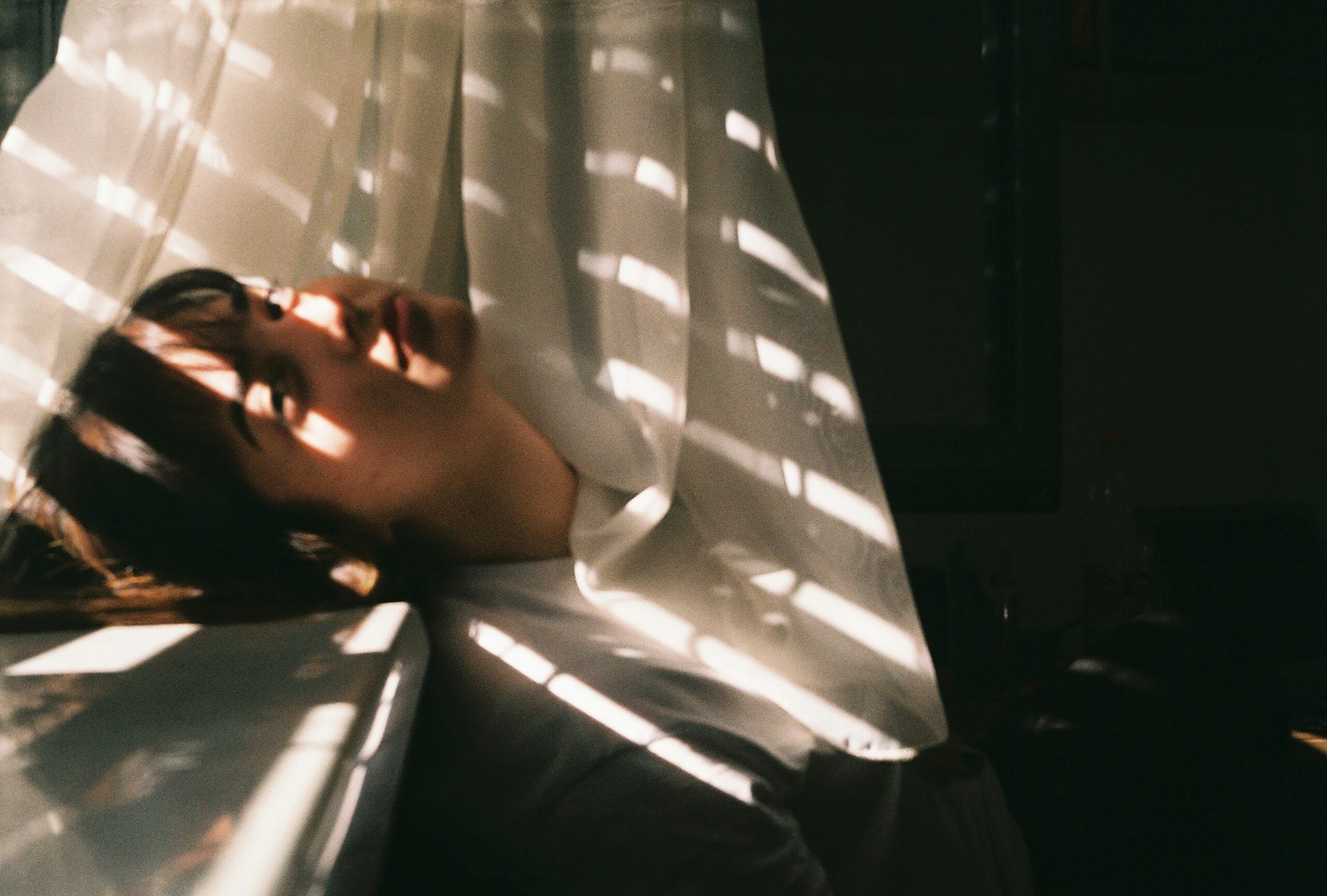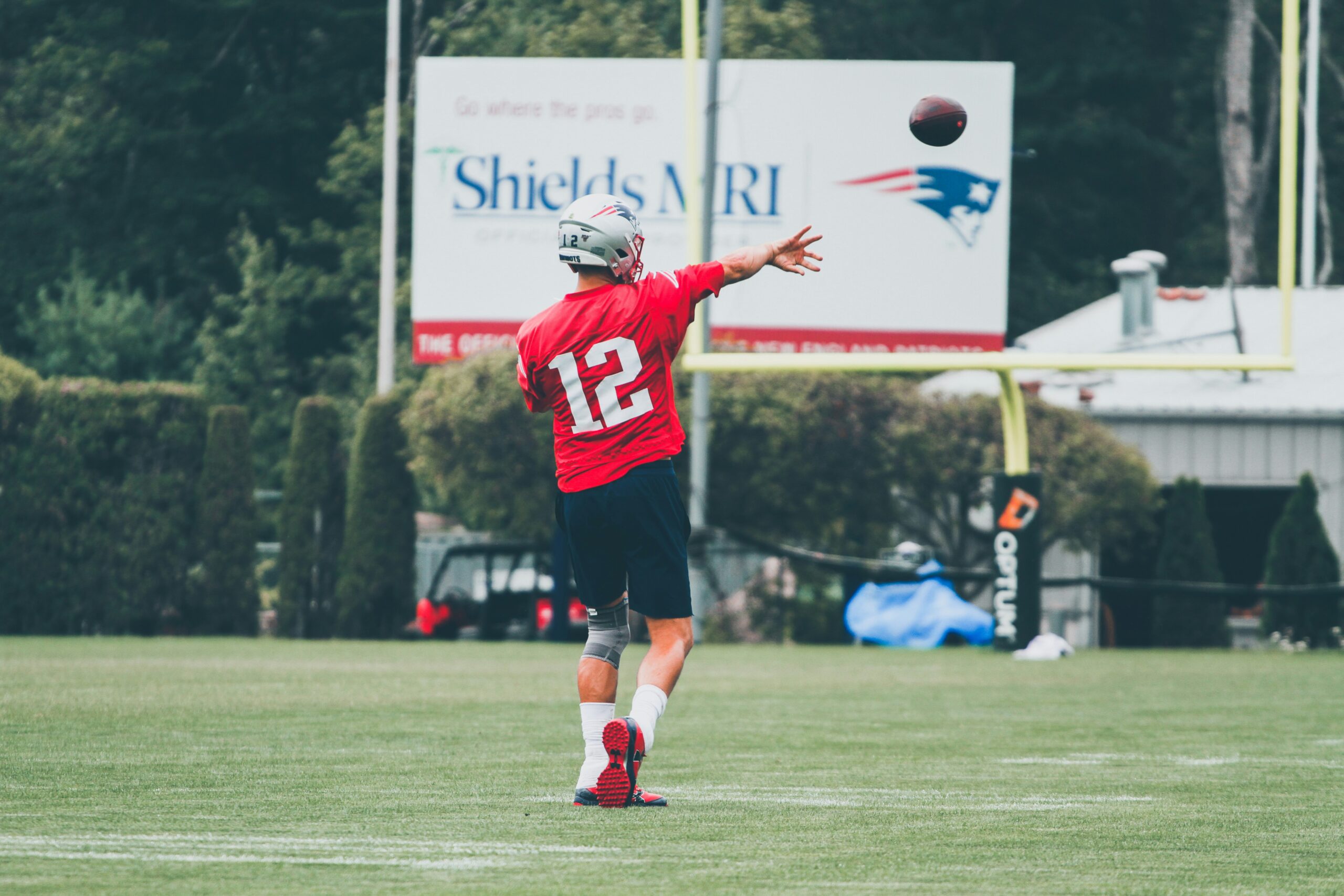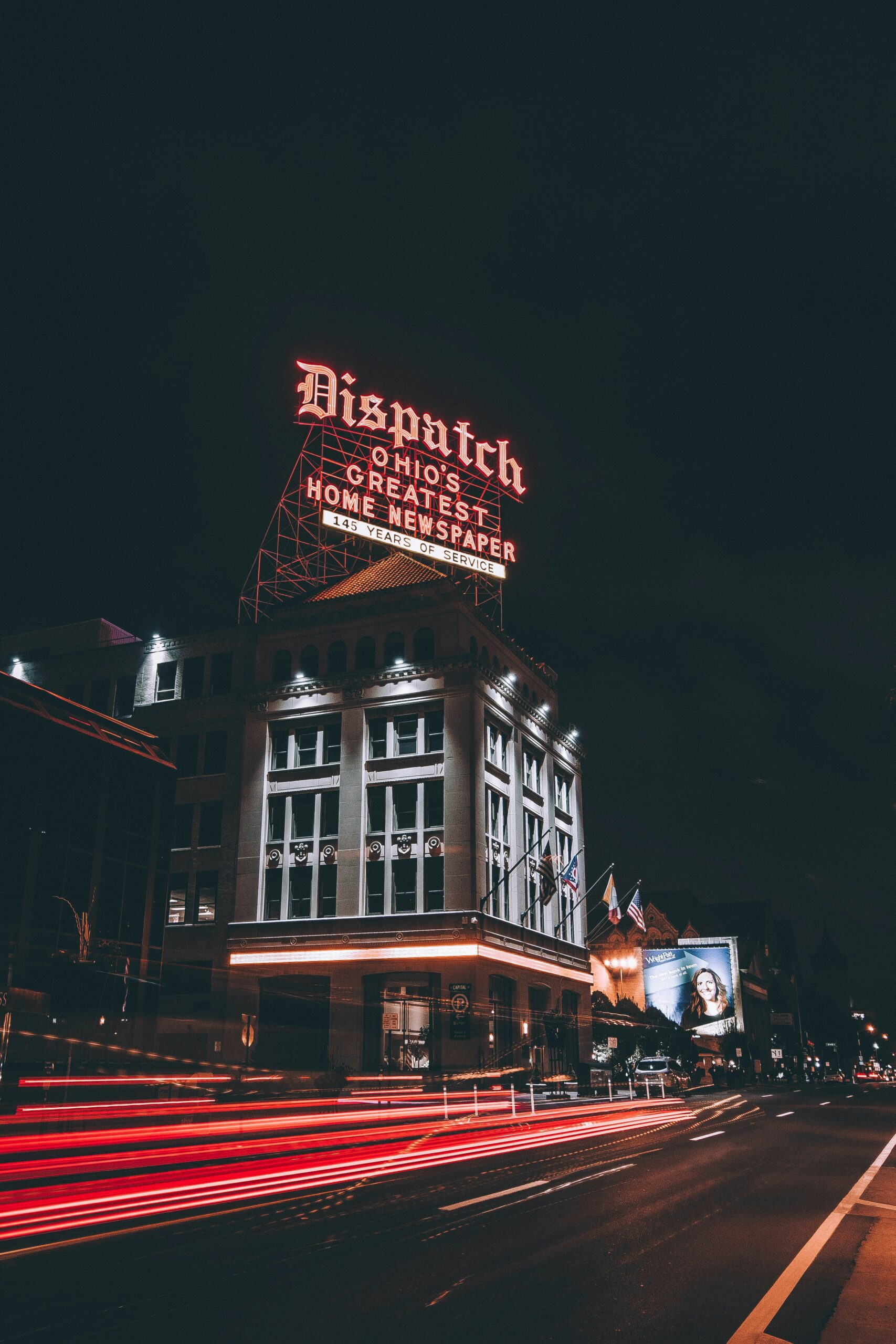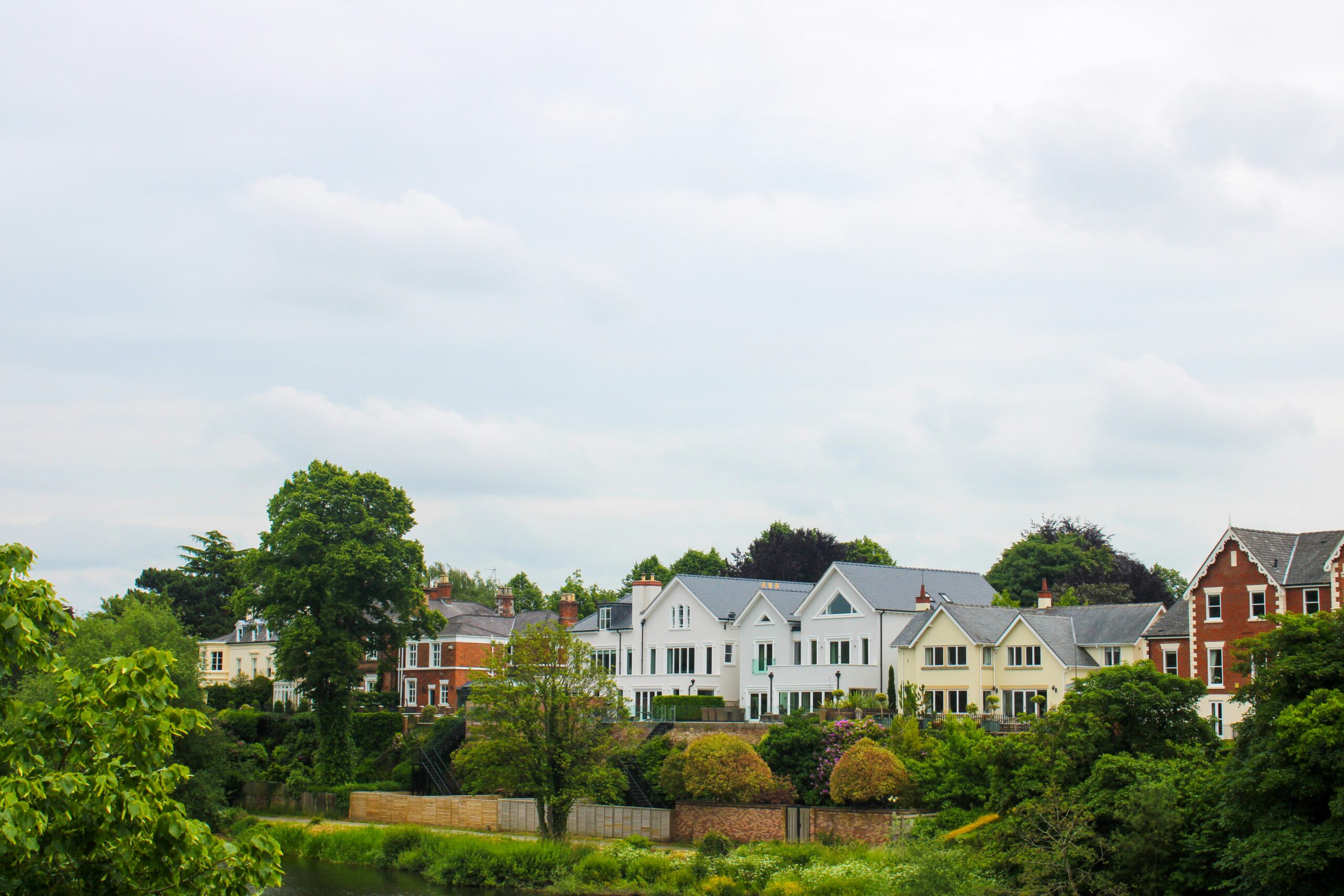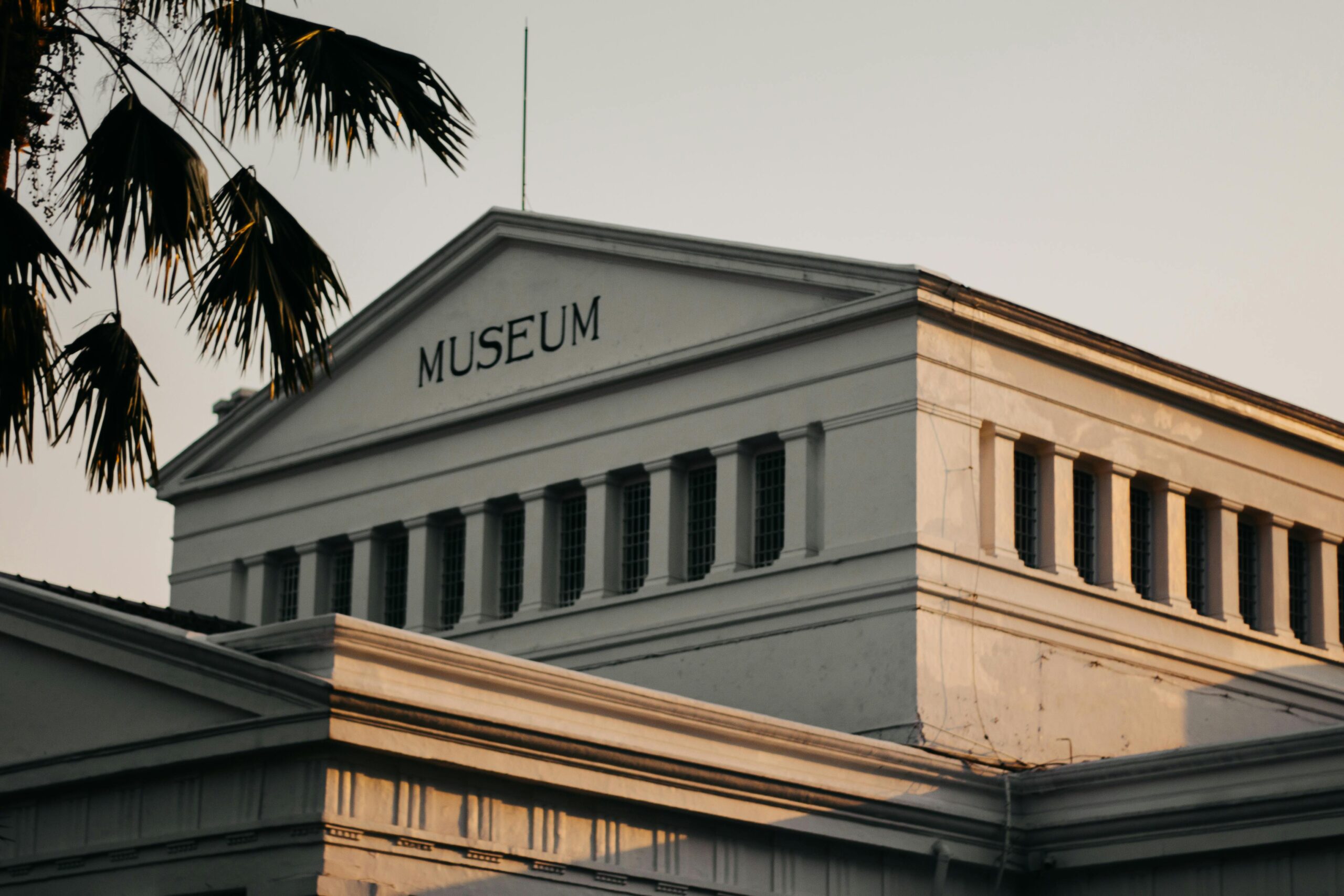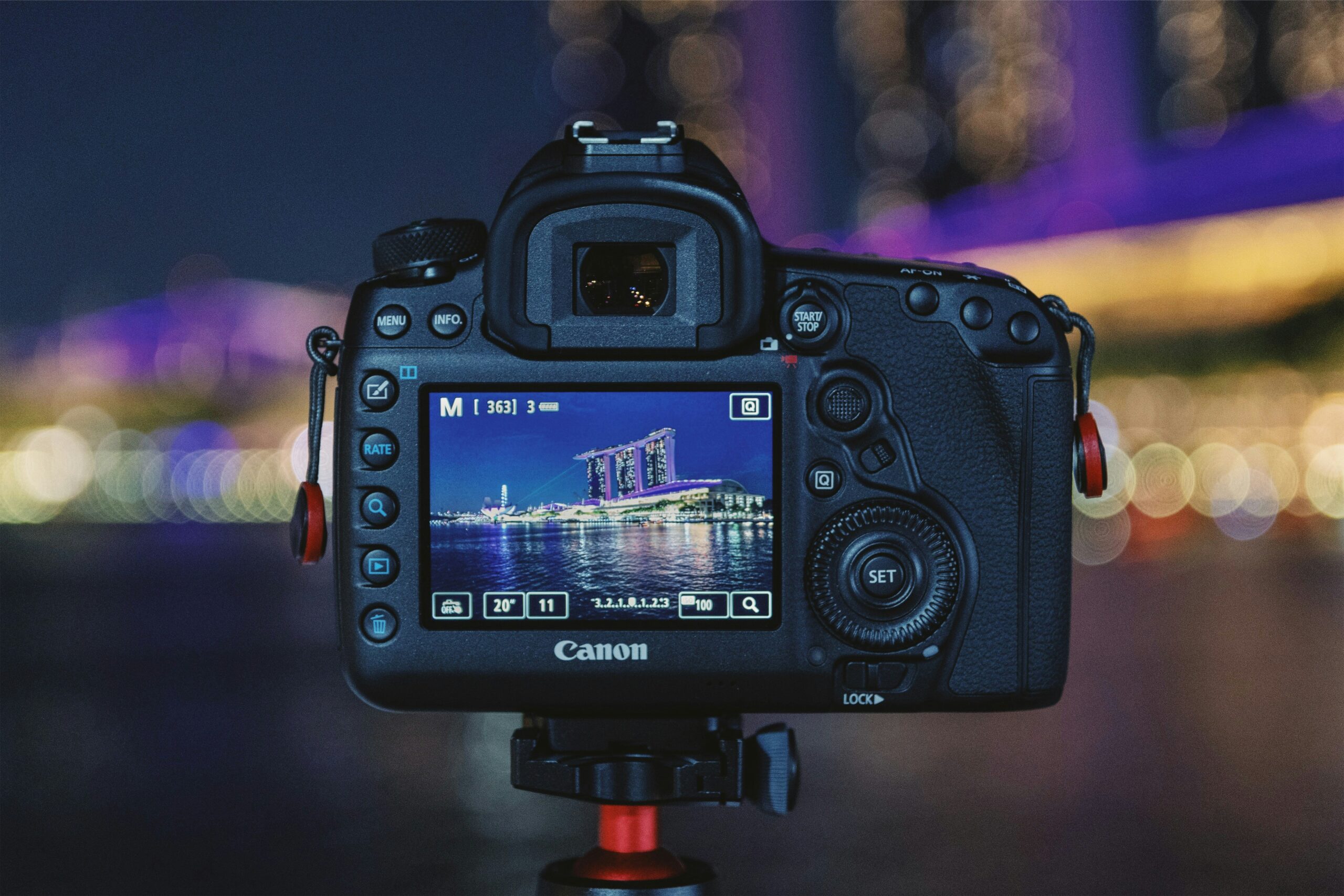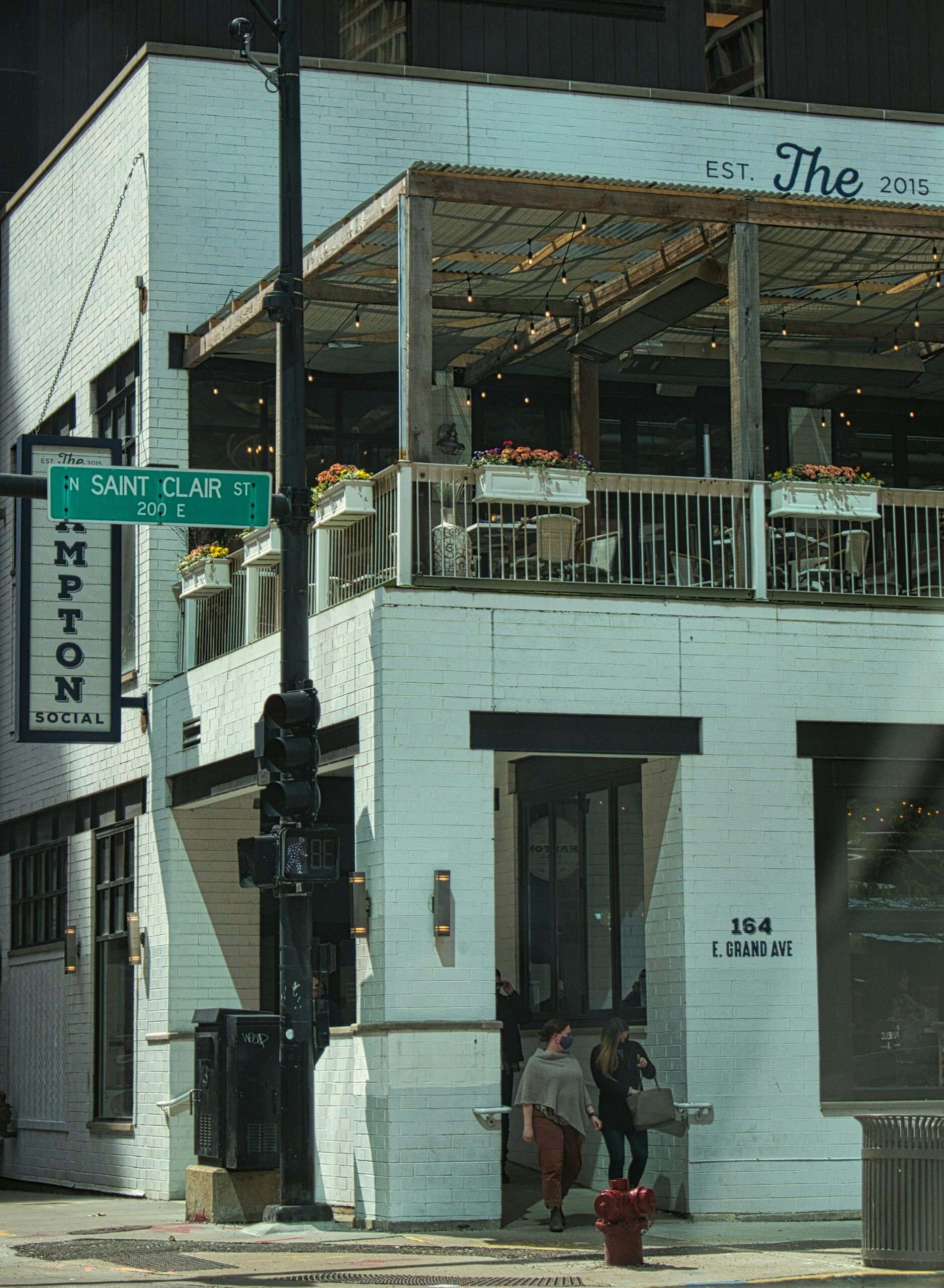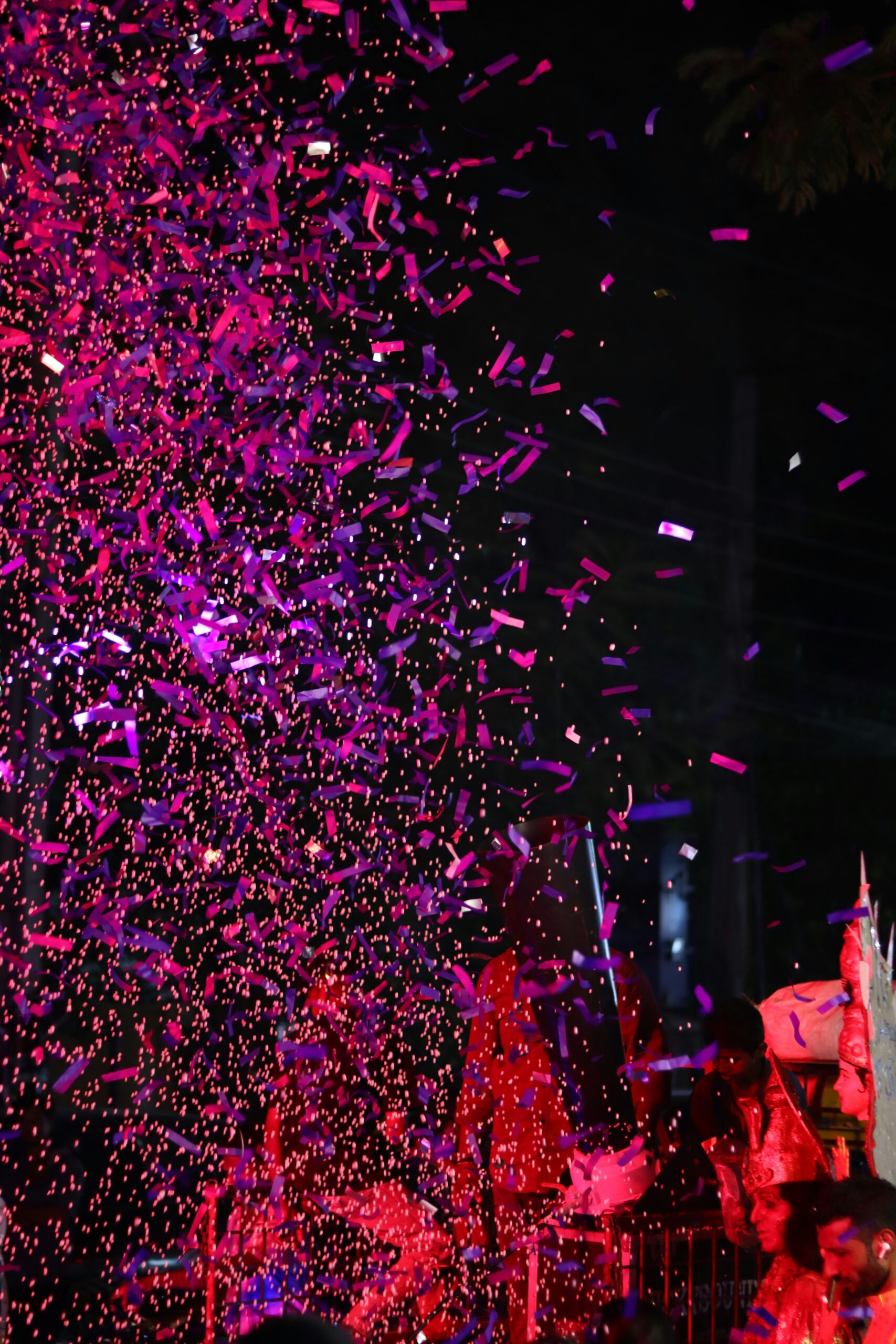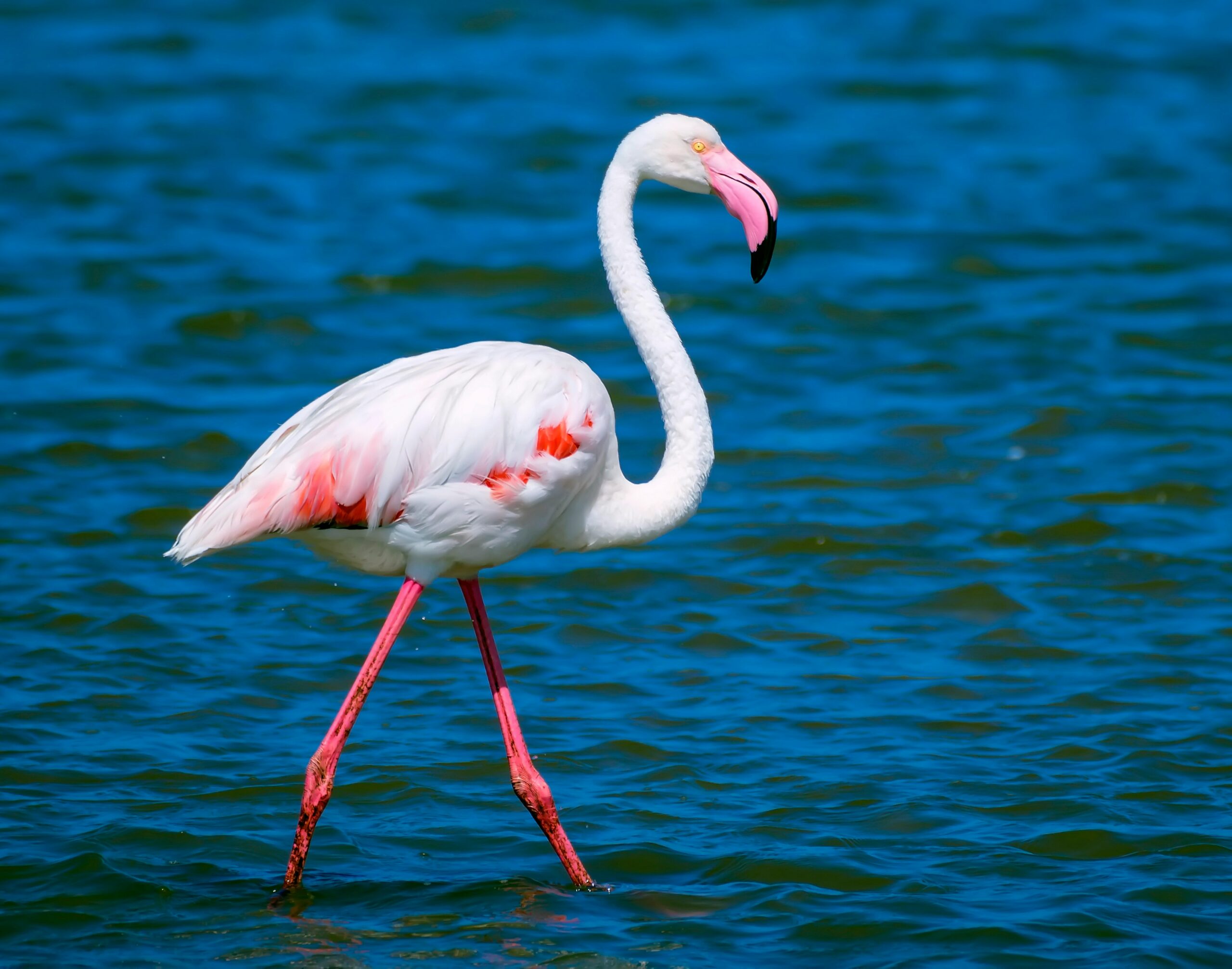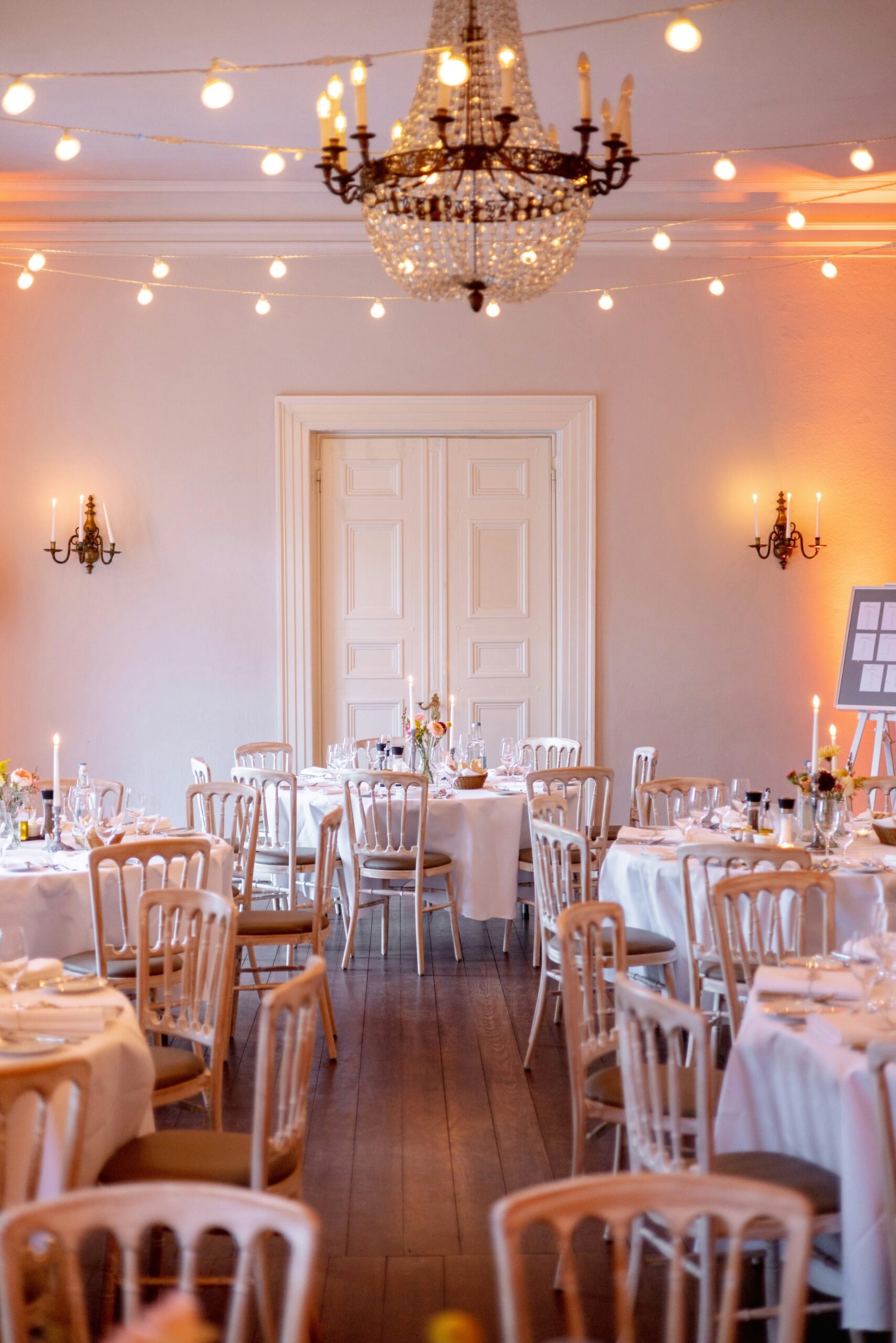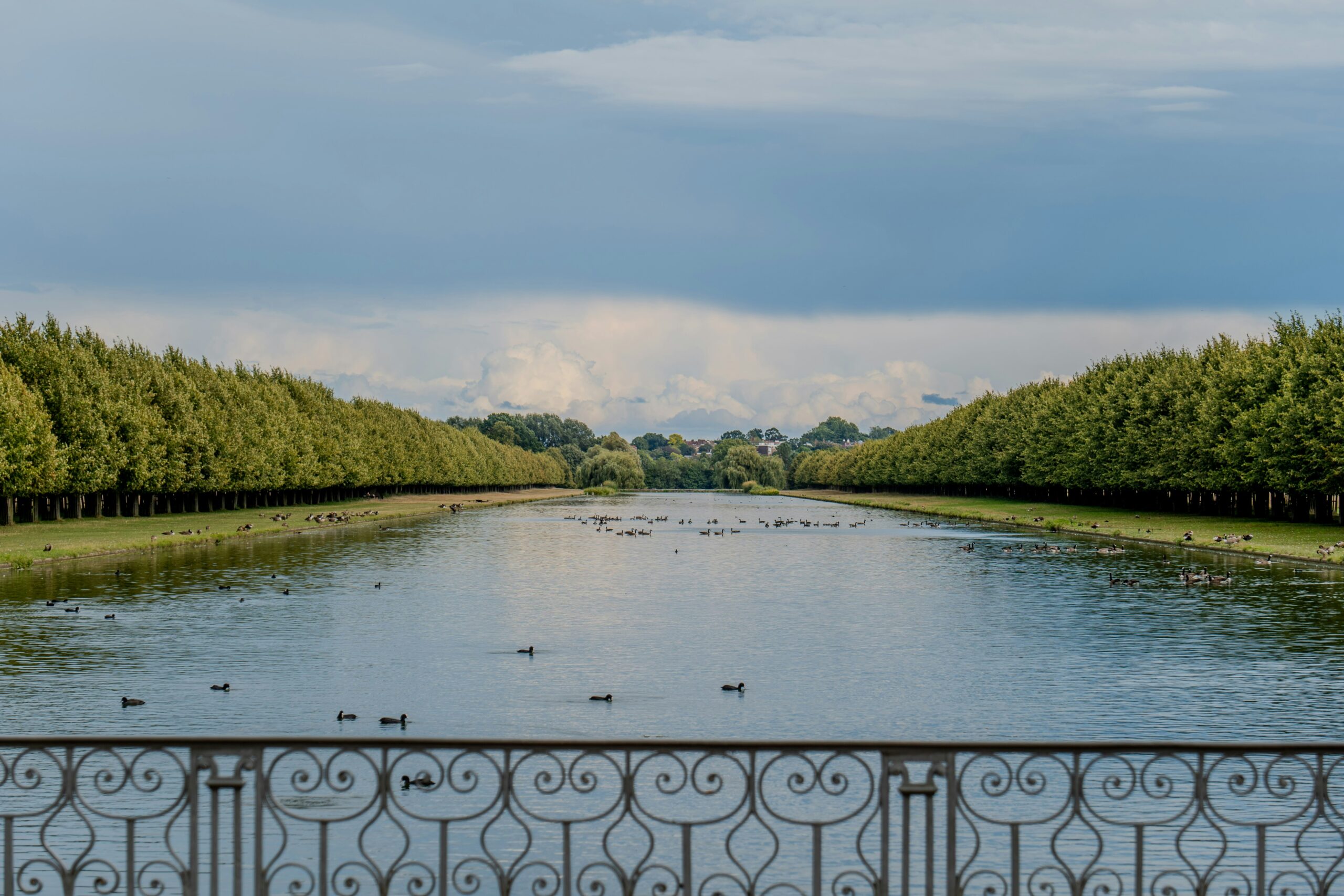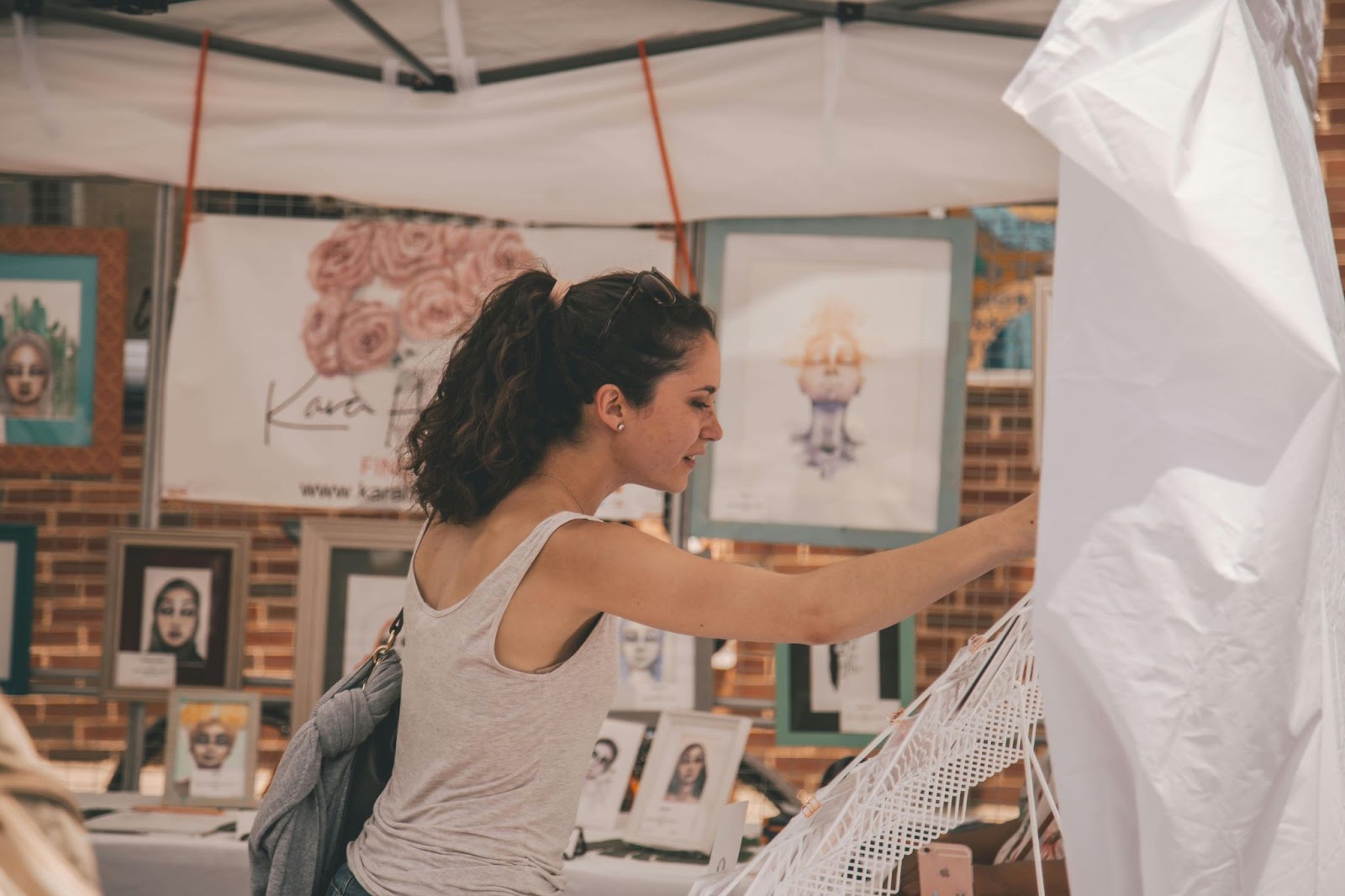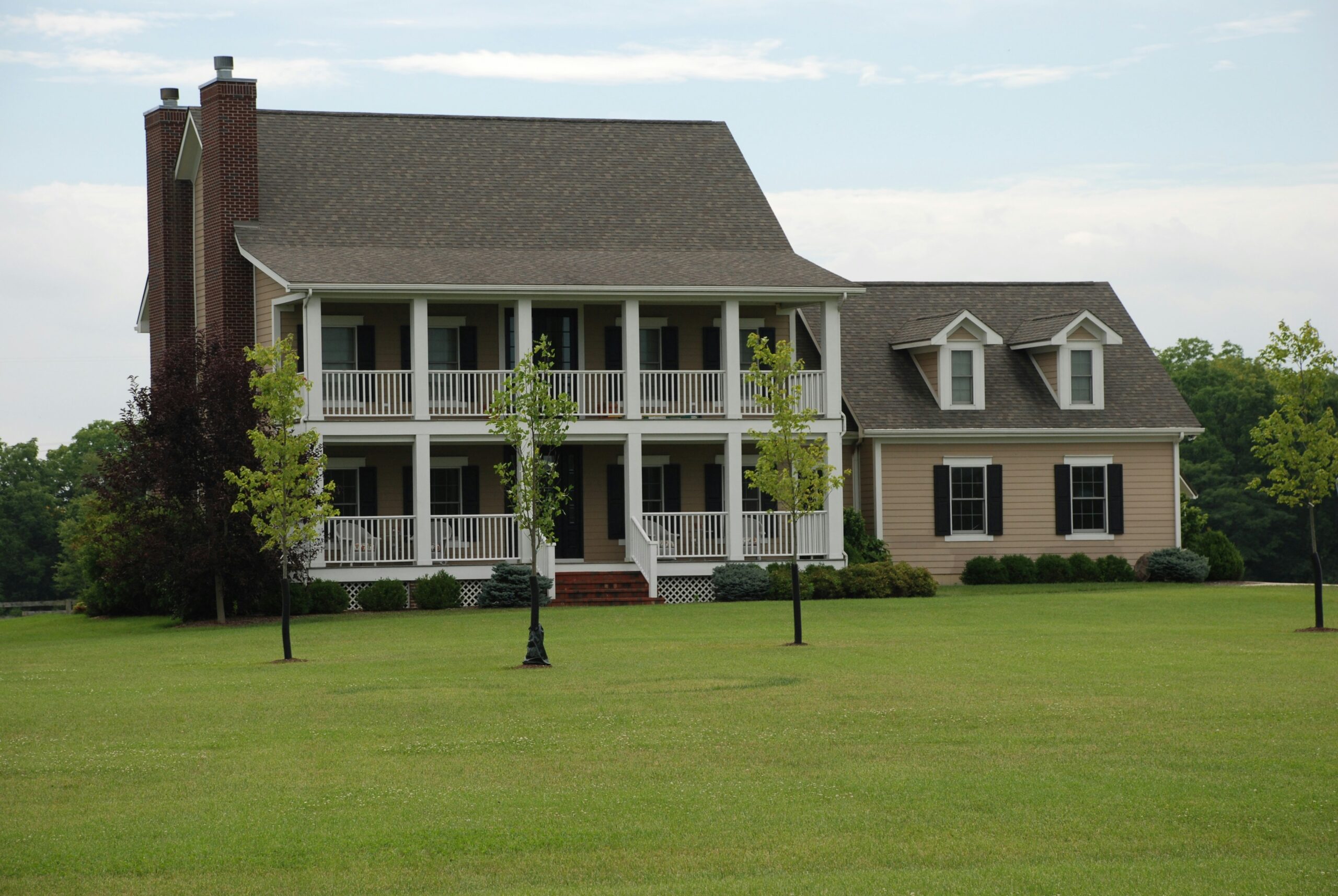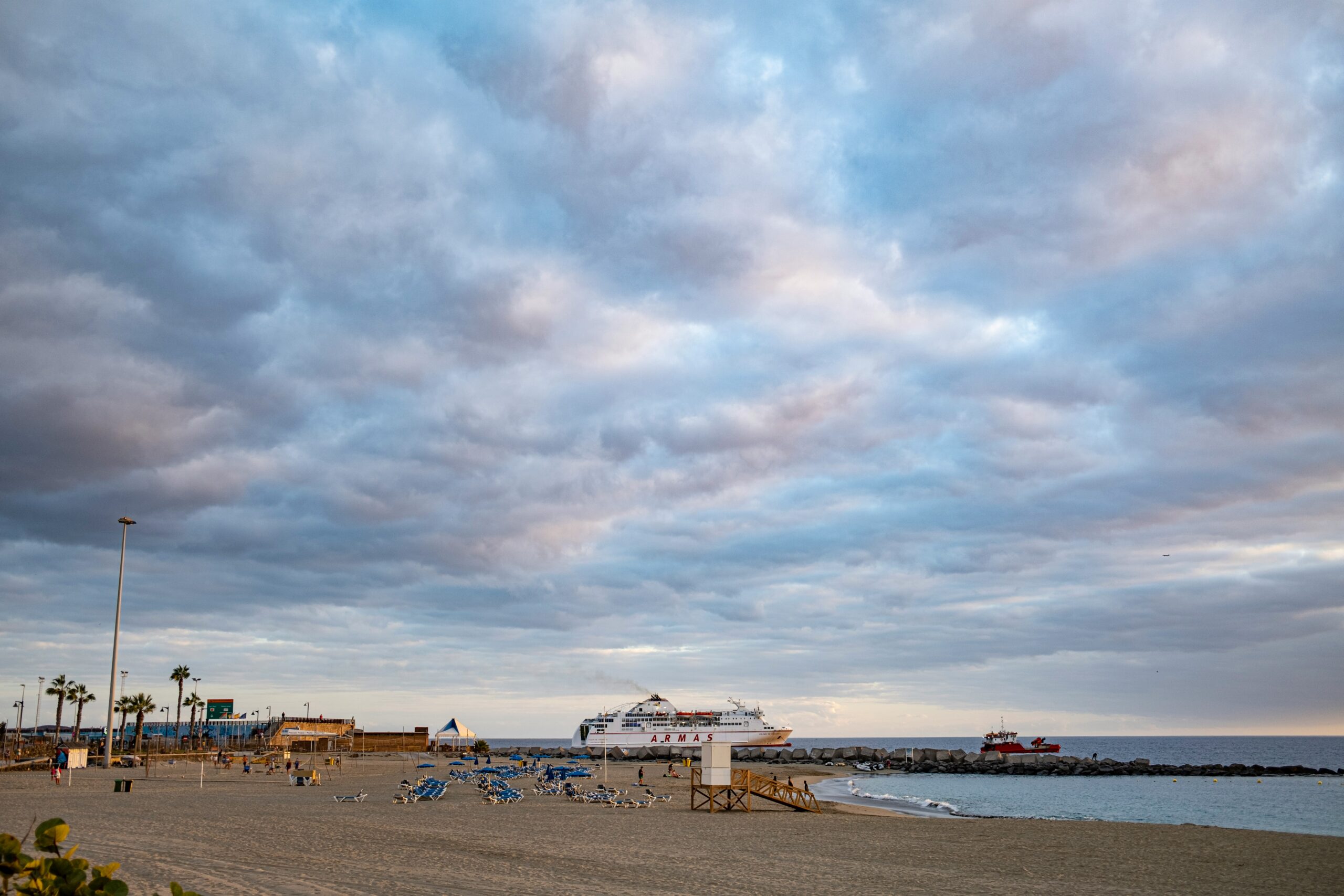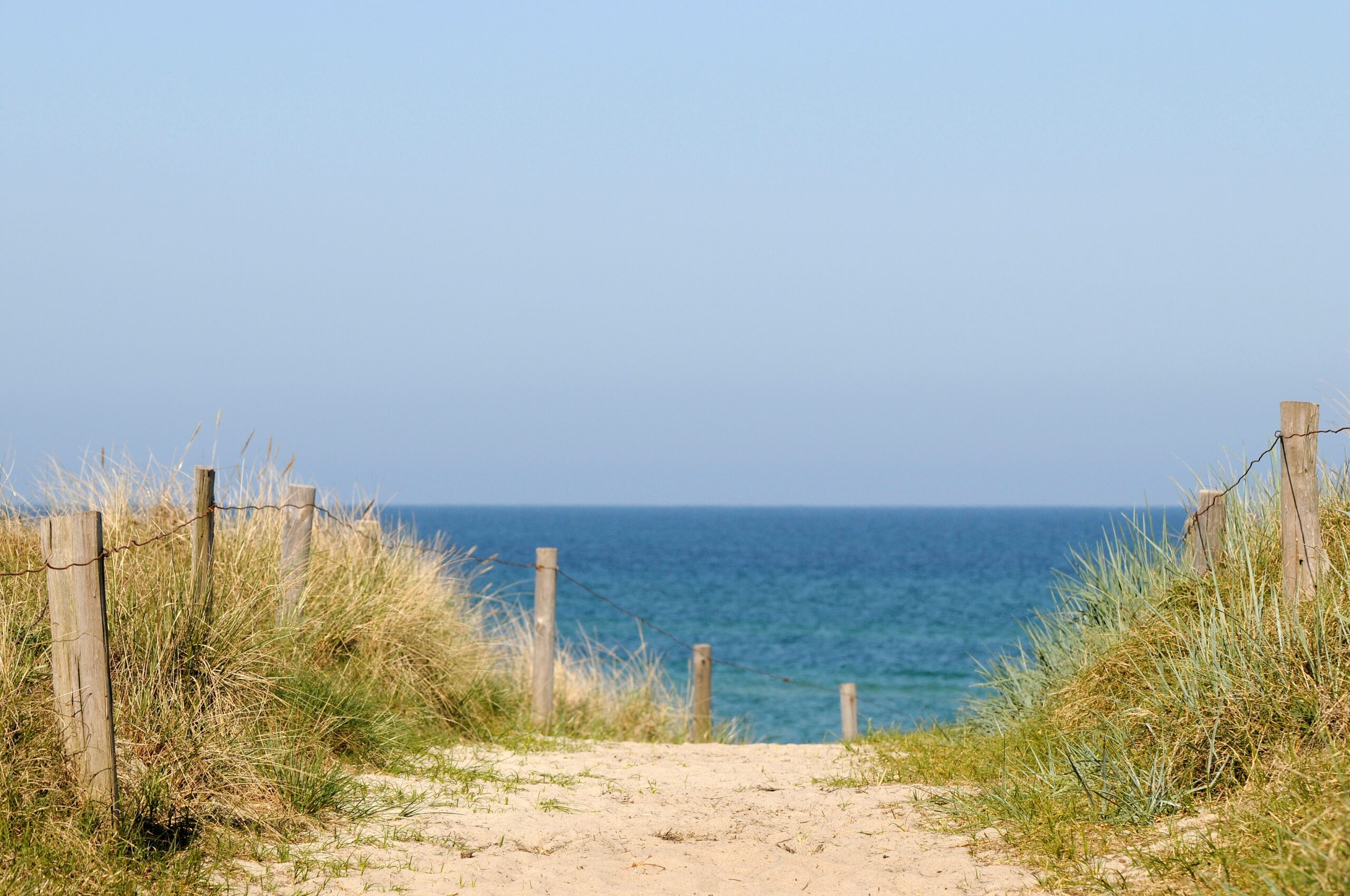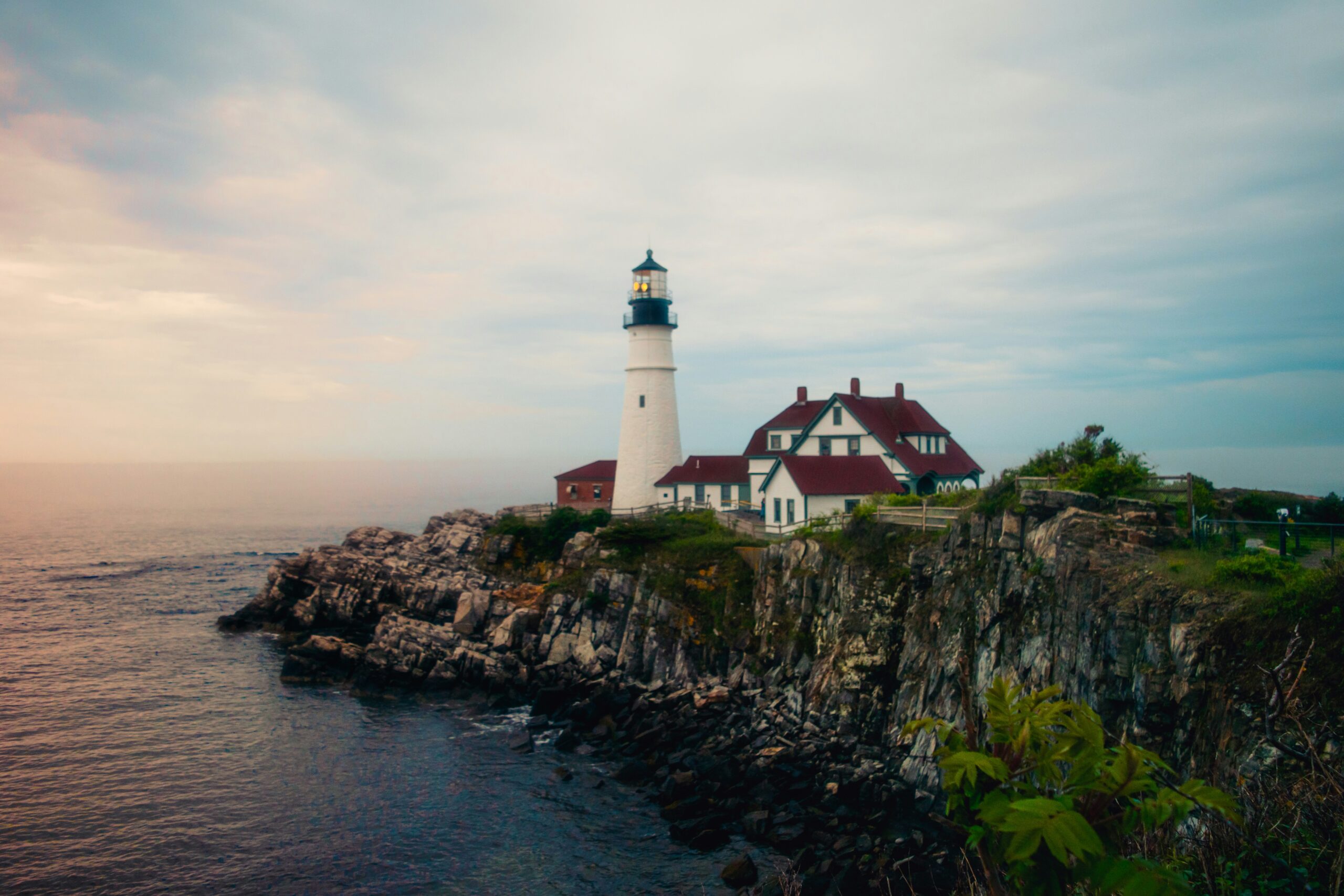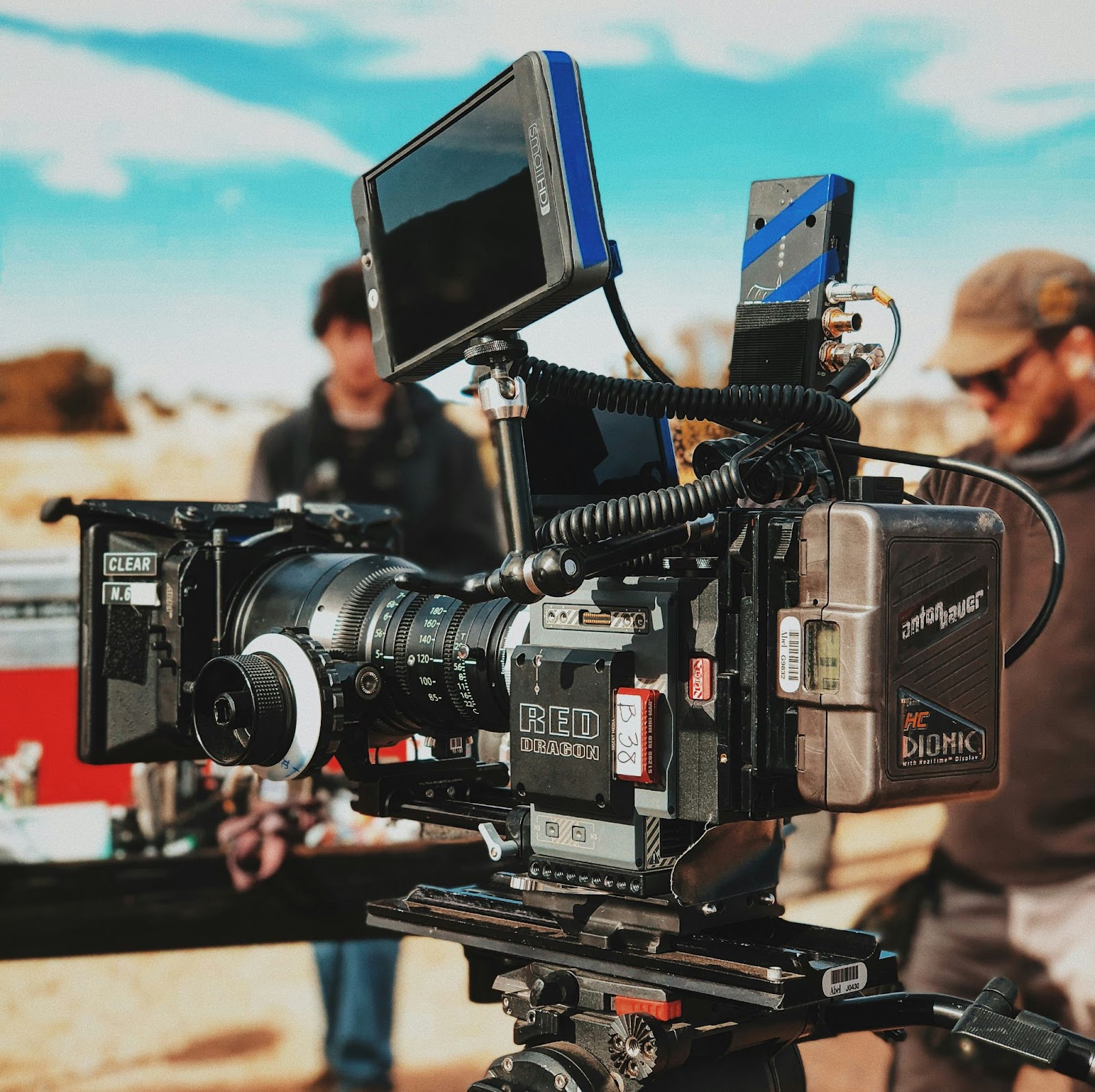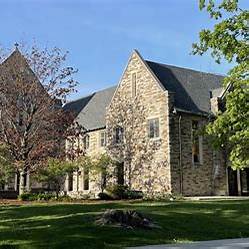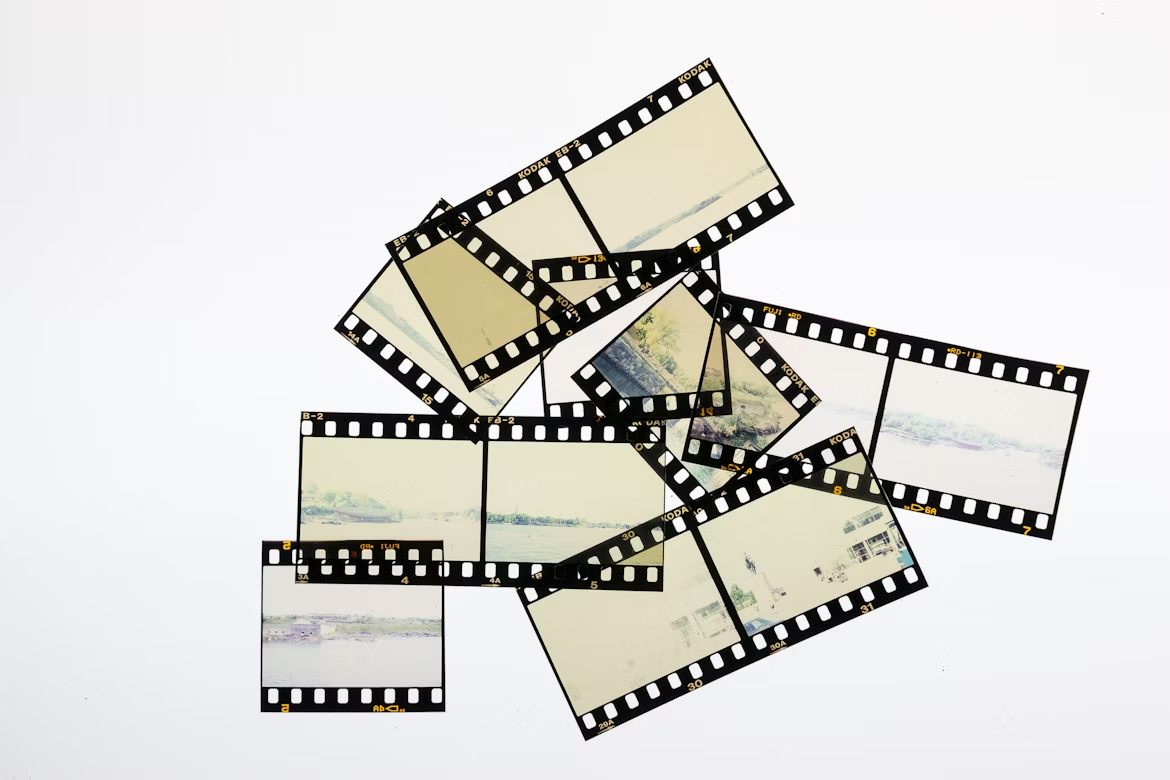Image credit: Unsplash
The Parrish Art Museum in Water Mill, New York, has recently completed a major restoration project. The museum has meticulously restored Roy Lichtenstein’s monumental sculptures Tokyo Brushstroke I & II (1994) to its original glory. These large-scale works of art have been cultural landmarks since their installation in 2014.
Located in the museum’s Bacon Family South Meadow, the towering sculptures were taken on long-term loan from The Fuhrman Family Foundation. These iconic sculptures have always been celebrated as symbols of the East End community, drawing visitors year-round.
“We could not be happier with the restoration of this iconic work,” said Glenn Fuhrman, co-founder of The Fuhrman Family Foundation. He added, “Whether driving along the neighboring highway, or strolling by up close, the vibrancy and joy of this great work makes you smile. I have no doubt that both Roy and Dorothy Lichtenstein would be thrilled with everything about how the Parrish has helped bring ‘Tokyo Brushstroke I and II’ to life for the current generation of viewers.”
An Ambitious Restoration Project
The restoration project was a collaborative effort of American Stripping Co. of Virginia, Two Sticks Inc. Modern and Contemporary Art Conservation of New York City, and local firm Eastern Scaffolding & Shoring. Restoring these sculptures to their original vibrancy required three-story scaffolding, tenting, and thorough research into the artist’s color standards.
The estate of Roy Lichtenstein provided reference swatches and insights from Julie Wolfe’s comprehensive study, “Roy Lichtenstein: Outdoor Painted Sculpture,” which helped the team achieve precise color matching. The estate’s approval ensured that the restoration preserved the artist’s intent.
Corinne Erni, Deputy Director of Curatorial Affairs at the Parrish, appreciated the team’s efforts, saying, “Roger Griffith, conservator, Two Sticks Inc. Modern and Contemporary Art Conservation ensured the right colors were used, and James Sejd’s crew from ASCo did a remarkable job restoring the sculptures.” She added, “It was a challenging undertaking and required utmost professionalism and attention to detail.”
Monumental Art With a Playful Twist
Crafted by Paul Amaral of Amaral Custom Fabrication in Rhode Island, Tokyo Brushstroke I and II are made of painted and fabricated aluminum. The larger statue stands 33 feet tall and weighs over 12,000 pounds; the smaller is 19 feet tall and weighs around 5,000 pounds. Positioned close to Montauk Highway, these sculptures are striking and thought-provoking.
Roy Lichtenstein was a leading figure in the Pop Art movement. He infused irony into his works by transforming fleeting brushstrokes into something monumental. “It’s a symbol of something it isn’t, and that is part of the irony I’m interested in,” Lichtenstein once remarked.
These two iconic sculptures are part of a broader series of Lichtenstein’s artwork created in the 1990s. Similar pieces are housed at prestigious institutions like the Hirshhorn Museum, Sculpture Garden, and the Indianapolis Museum of Art.
Ties to the East End
The ambitious Tokyo Brushstroke I & II restoration project by Parrish Art Museum shows Lichtenstein’s enduring connection to the East End. In 1970, he and his wife Dorothy became year-round residents of Southampton, which fostered a deep relationship with the region’s art community.
Parrish Art Museum has honored Lichtenstein’s legacy through numerous exhibitions. Notable among them is a retrospective in 1982 that featured early works of the artist, such as the iconic Look Mickey (1961). Subsequent exhibitions showcased his prints and his dialogue with Native American artifacts, highlighting his influence on the region’s cultural landscape.
1995, the Parrish Art Museum installed Lichtenstein’s Modern Head (1989) in Southampton’s Lake Agawam Park. This initiative reflected his impact on the Hamptons’ art scene.
A Lasting Legacy
Roy Lichtenstein is known for his bold colors and comic book-inspired imagery. His work challenged traditional notions of art, expressing mass culture and irony. The restoration of Tokyo Brushstroke I & II by Parrish Art Museum will remind us of his vision of the Pop art movement and its connection with the East End for years.


















